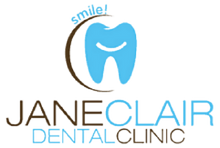Q: Can I eat or drink prior to my gum graft surgery?
A: Unless you opt for sedation which requires empty stomach, we advise you to have a regular meal and take appropriate medications as indicated, brush and floss before showing up to surgery
Q: Can I drive after the procedure?
A: No. You must not operate an automobile or heavy equipment for 24 hours after the procedure. If you are taking a narcotic medication, we recommend that you do not drive.
Q: Will I be sedated for performing gum grafting surgery?
A: Yes.
Q: What is “Conscious Sedation”?
A: A mild sedative given intravenously also known as “twilight sedation”.
AFTER SURGERY
Q: When can I start brushing my teeth again?
A: We advice you to brush only the teeth after gum surgery. Do not touch the gums but brush your teeth cautiously as hygiene is very important for adequate healing
Q: I have bleeding in the area of my surgery. What should I do?
A: You might have a little bit of bleeding at the surgical site. It can be either due to trauma from tooth brushing or food impaction. Allow it to form a clot and perform regular hygiene measures. If it still bothers you, call our office
Q: I have some swelling and bruising after surgery. What should I do?
A: Swelling is normal after surgery. You will have swelling at its peak during the third and fourth day after surgery but slowly it will go away. If swelling persists even after a week, let your doctor know

